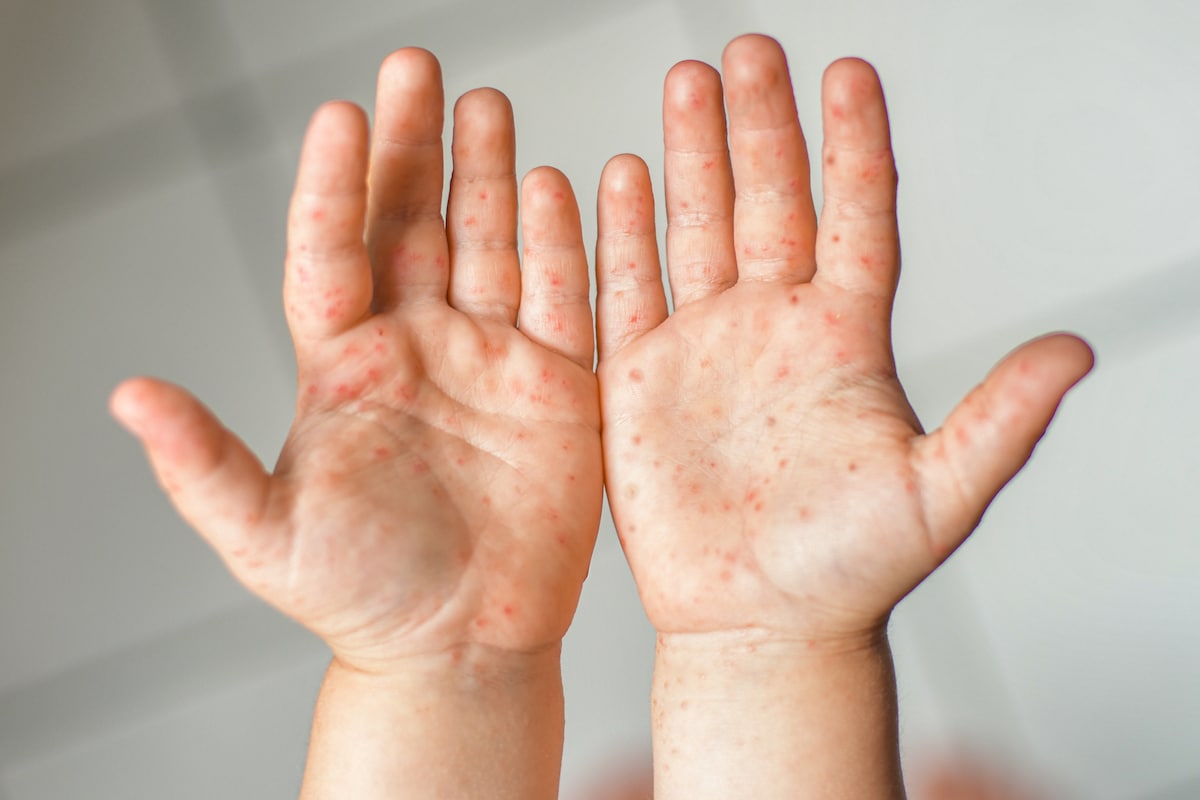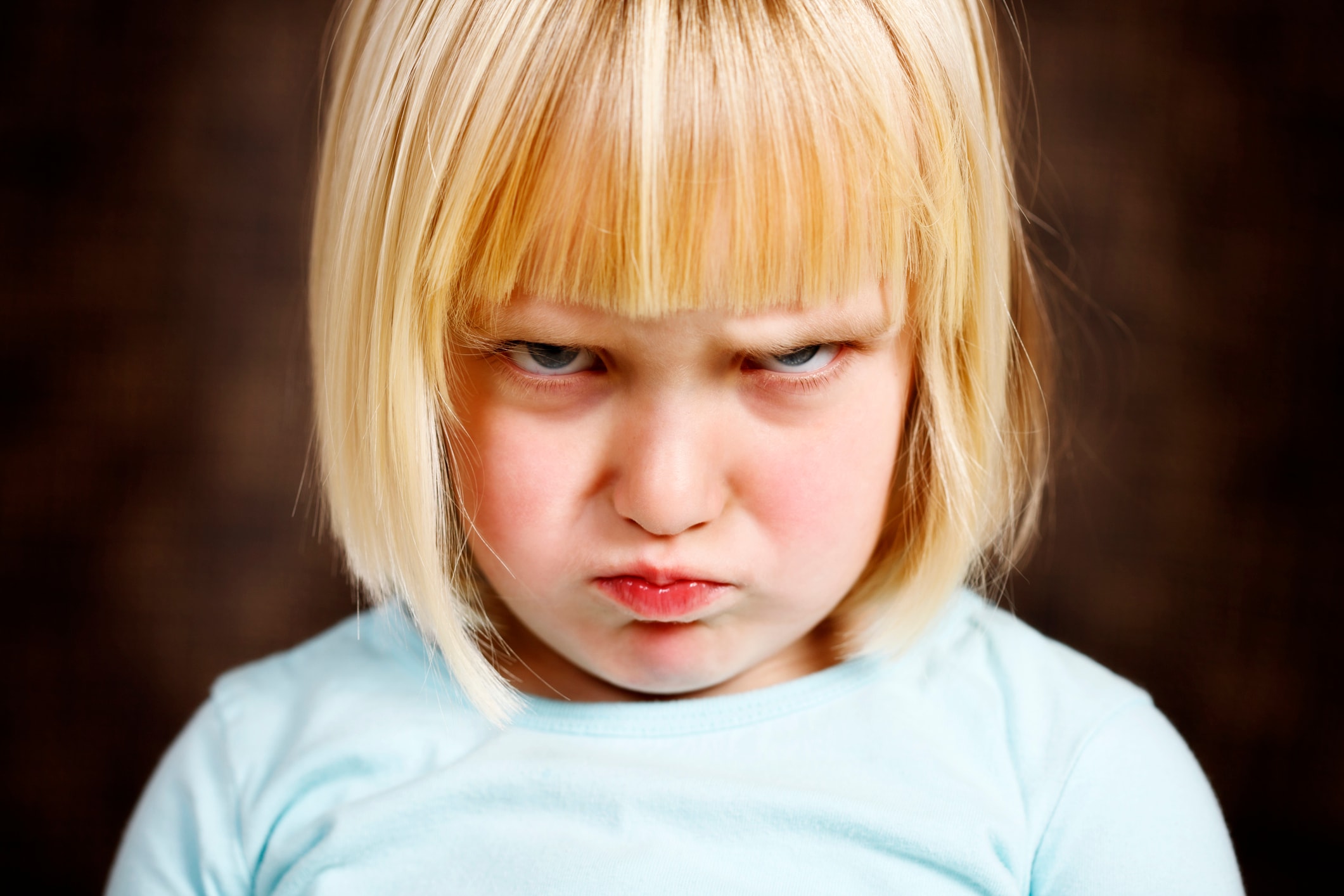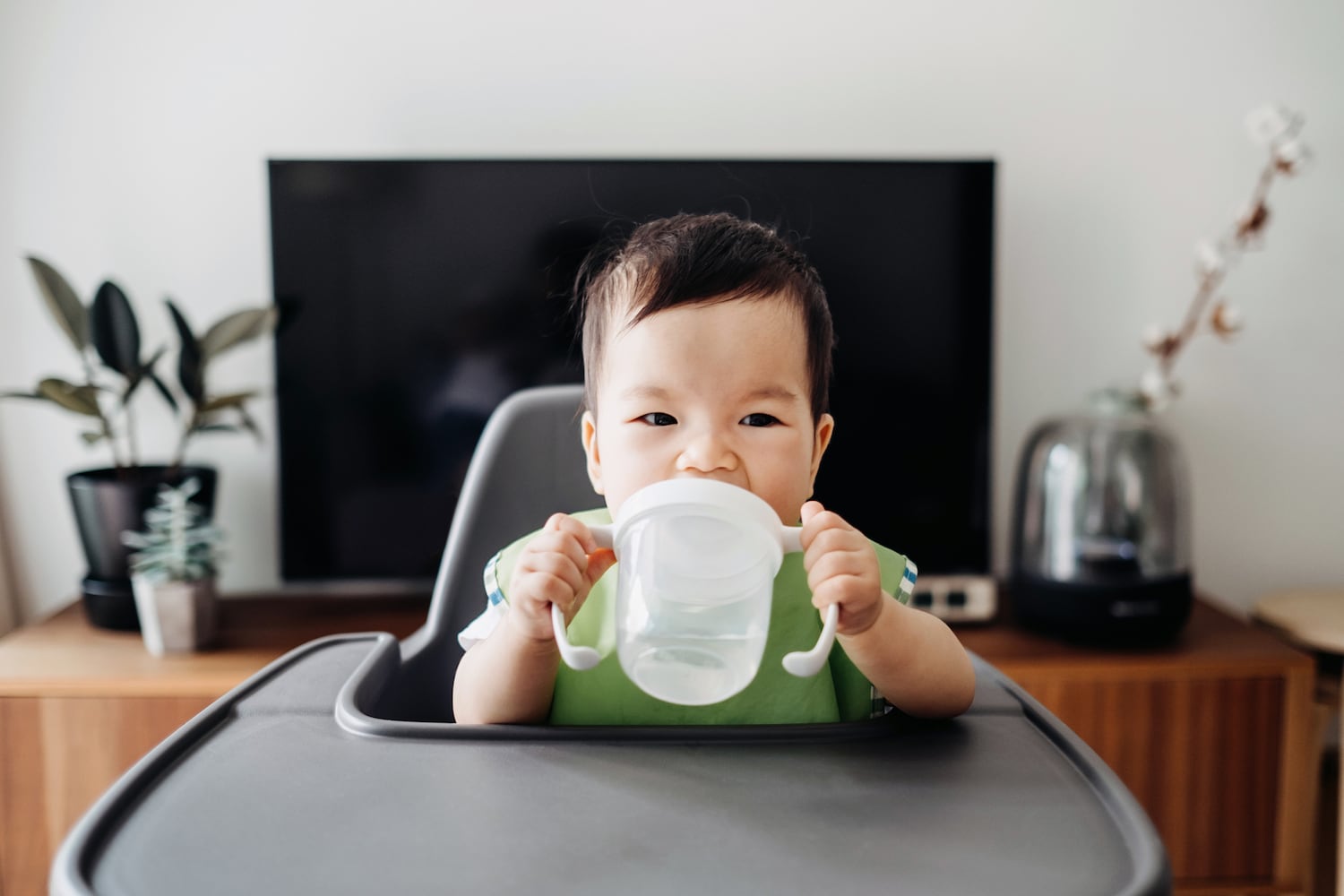As a mother of three, I’ve unfortunately dealt with my fair share of rashes, itches, and bumps amongst my children. I know that I wished I had a “quick guide” to help me through those tough times.
To be as helpful as possible, I’ve compiled exactly that – a “quick guide” to the cocksackie rash and I’ve also included links to a few eBook downloads that you might find useful as you seek to solve your baby’s rashes, deal with immunizations, and handle other challenges you might be facing with your little one.
So let’s start out with the basics:
What is coxsackie virus?
- Virus that lives in the digestive tract
- May be mistaken for teething, sore throat or ear infections
- Can show itself through several different kinds of symptoms in children
- NOT dangerous but can be very painful for the child
- Very rarely the Coxsackievirus can cause pneumonia, meningitis, encephalitis or myopericarditis, particularly in newborns.
- Typically the virus occurs more frequently in the summer and early autumn
What ages of children are usually affected by the Coxsackievirus?
- Majority of affected children are under 10 years old
- But, usually affects children between 6 months and 3 years old
- Newborns can be infected through their mothers and symptoms may begin to show about 2 weeks after birth
How is the coxsackievirus spread and is coxsackie virus contagious?
- Usually spread from person to person on unwashed hands
- Can be contracted from surfaces contaminated by feces (where the virus can live for several days)
- Can be spread from the saliva that is expelled while sneezing or coughing
- Can also be spread on toys or other items that come in contact with body fluid (for example, a child with Coxsackievirus puts a toy in her mouth and then another child puts the same toy in his mouth while the virus is still alive)
- A pregnant mother may also pass the Coxsackievirus on to her child when the child comes into contact with the mother’s body fluids during birth
- VERY contagious particularly during the first week of the virus. Once the fever has been gone for 2 days, the child is no longer contagious.
How can Coxsackievirus be prevented?
- There is no vaccine or medicine to prevent the Coxsackievirus.
- Frequent hand washing is the best method of prevention.
- If toys are shared between children, wash the toys with a disinfectant frequently to keep the virus from spreading.
- Regularly clean items that the child may put in the mouth (like pacifiers) to reduce the possibility of contracting the virus.
- Handle diapers carefully and dispose of properly.
- Teach children to cover their mouth when sneezing or coughing and then to follow with hand washing.
- Keep a child with the Coxsackievirus out of school, childcare, camp or classes with other children to minimize the spread of the virus.
What are the symptoms of the Coxsackievirus?
- Not all children show symptoms of the Coxsackievirus.
- Mild flu-like symptoms
- High fever (for about 3 days)
- Sore throat
- Abnormal fussiness
- Abdominal discomfort or nausea
- Excessive drooling
- Refusal to eat or drink
- Headache and/or muscle aches
- Itchy and painful rash on the hands/fingers and bottom of the feet – sometimes this rash may spread to the buttocks or genitals as well
- Hand, foot and mouth disease (a type of coxsackievirus) – Causes white or red sores/blisters on the outer lips of the mouth, the inside of the lips, the front gums, inside of the cheeks, in the throat, on the tongue, on the palms and fingers of the hands or on the soles of the feet.
- Herpangina (a type of coxsackievirus) – Causes an infection in the throat which results in blisters on the tonsils and the fleshy back portion of the roof of the mouth.
How can the Coxsackievirus be treated?
- Most of the time the virus will go away on its own without treatment. The virus can last for 24 hours to 7 days but varies widely.
- A doctor may prescribe some medicine, but typically the medicine is only to relieve the symptoms in the child because a virus cannot be treated with an antibiotic.
- The following may be used to bring some relief to the child:
- Cold liquids like milk, popsicles or slushies can help soothe the pain and prevent dehydration (but stay away from acidic juices – like orange juice – as they will be irritating to the child’s throat)
- Acetaminophen or Ibuprofen to help with pain and/or fever
- Liquid Benadryl to help the child sleep
- Topical Benadryl to treat the hand and foot rash
Call the doctor if:
- Fever lasts more than 3 days or is higher than 100.4 degrees F for children younger than 6 months or higher than 102 degrees F for older children.
- Vomiting
- Diarrhea
- Poor appetite or trouble feeding
- Severe headache or stiff neck
- Chest pain or shortness of breath
- Appears that child is becoming dehydrated
- Child is displaying usually sick-like symptoms
You might also find a link to this pediatric medication guide helpful





